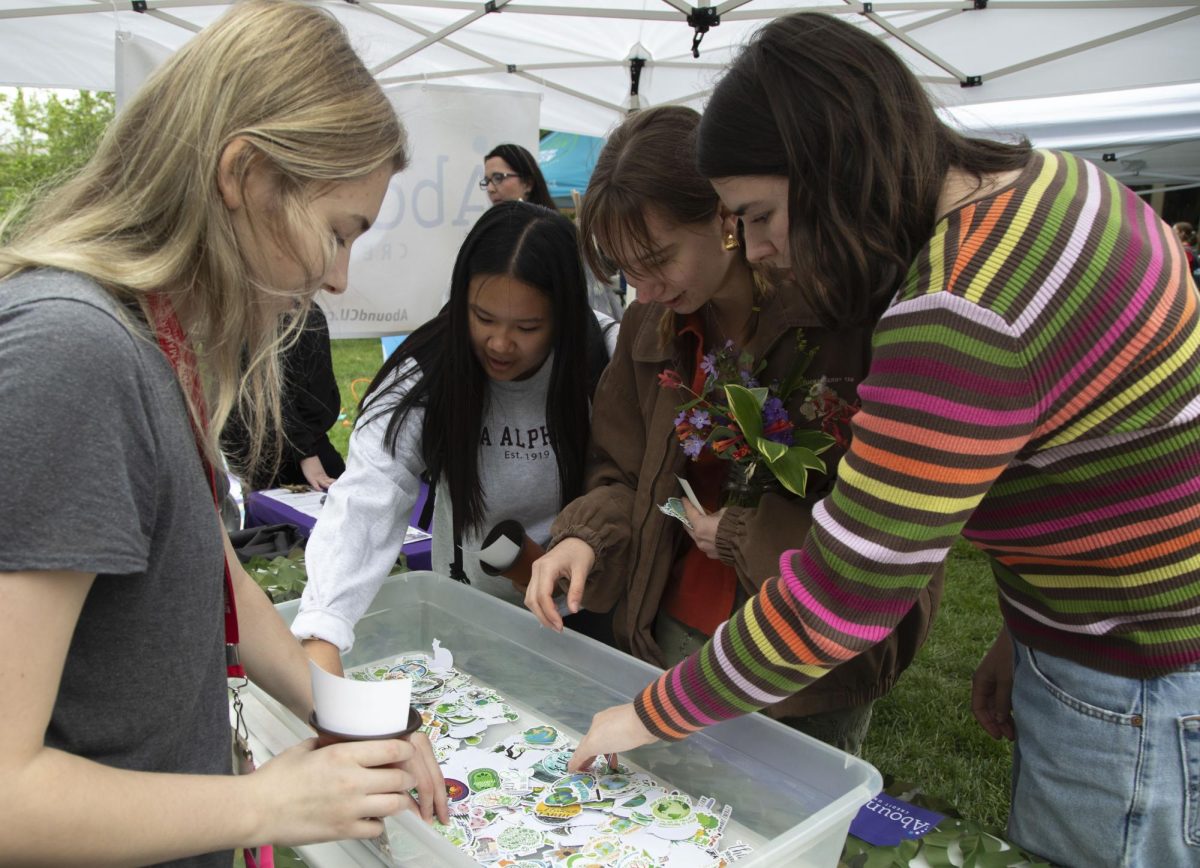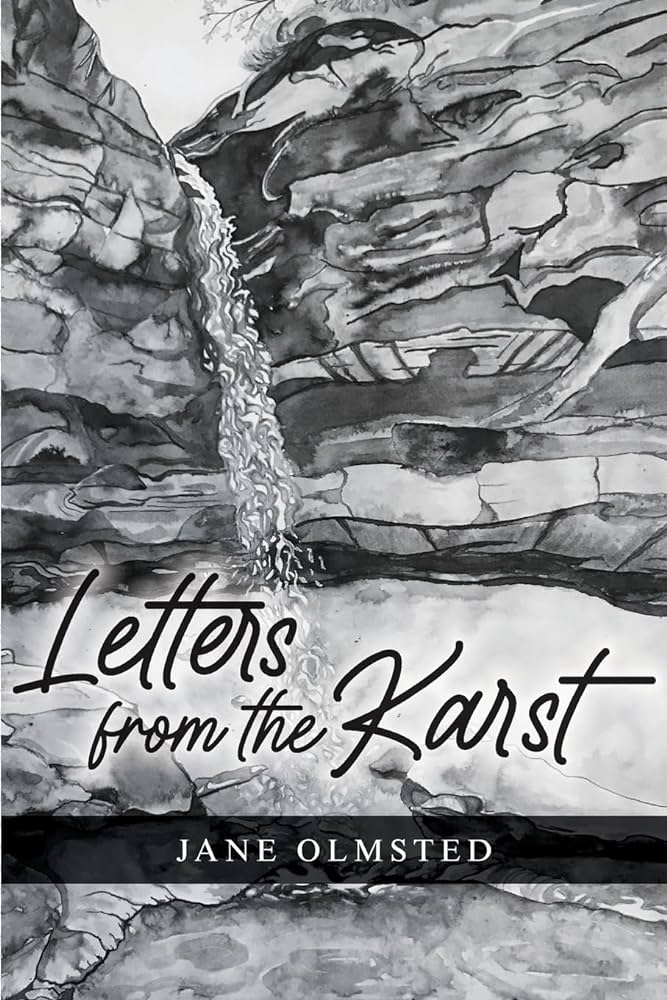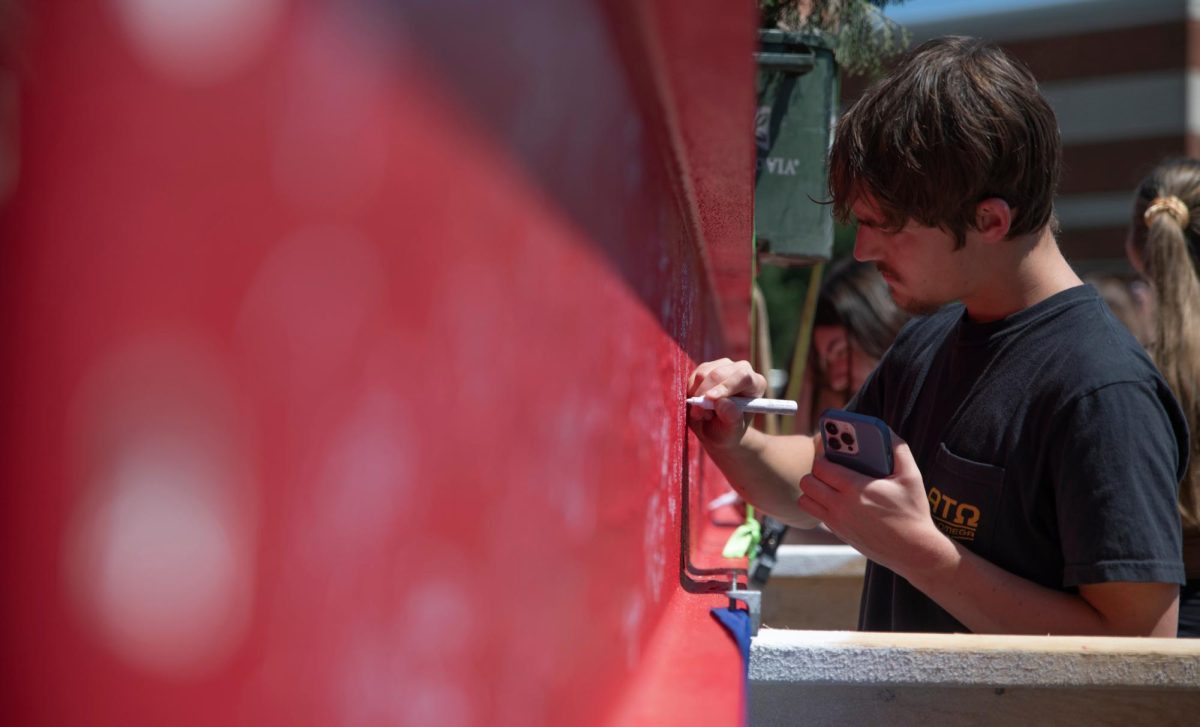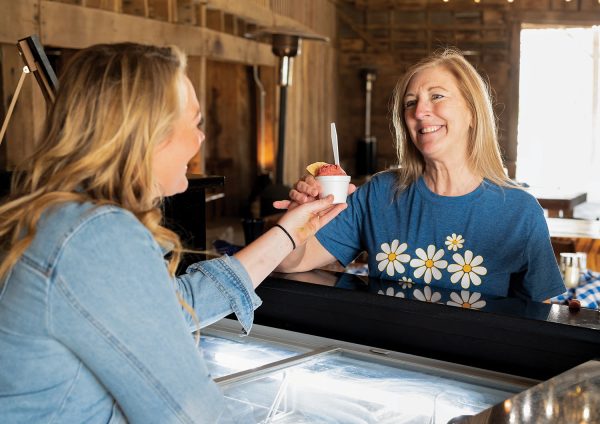Professor, students travel to chase severe weather
April 24, 2012
Ominous clouds wisp and whirl overhead as the sky boils. Thunder roars, rain pours, and lightning strikes while shaking manmade edifices and bending trees at their roots.
The sirens begin. “This is not a test …Seek shelter immediately,” blares across campus in an attempt to warn students that the storm is near.
While most run to take cover in the closest dorm or technology hall, some are anticipating every crash of thunder and glare of lightning with hopes of seeing the funnel form right before their eyes.
This summer, their dream may come true.
On May 17, Josh Durkee, assistant professor of meteorology, will lead a summer course called Field Methods in Weather Analysis and Forecasting, also known as the WKU storm trip.
Seven meteorology students will travel on a 14-day tour across the Great Plains to study severe weather and forecasting.
Durkee said they’ll essentially start the trip wherever the storms are.
“We don’t have very many opportunities to describe what’s going on in our field because we can’t make clouds and storms,” Durkee said. “It gives students a chance to get real-world experience with the things they learn in class.”
But not every student can go.
With only seven slots available, it’s a very competitive process, and Durkee said choosing is not an easy decision.
“I look for a group of students who are going to benefit the most professionally and who are going to be a cooperative team,” he said.
Berea senior Nathaniel Shearer is no stranger to the field. Shearer went on the trip last year, and although he graduates in May, he can’t wait to go again.
“It gives you a broader respect for how storms form,” he said. “Being able to see them in person makes everything an ‘Aha!’ moment.”
Shearer is also a member of the Storm Topper Network, a group of meteorology students that send out spotters, or alerts, to Warren County Emergency personnel if severe weather is approaching.
He said his passion for weather forecasting stemmed from a lecture in the second grade about how clouds form.
“I got really interested, and from then on, I was the weather man,” Shearer said.
Cincinnati junior Becca Ollier was petrified of storms before she found an interest in them.
Ollier said she learned about storms from watching the Weather Channel with her mom and started to like meteorology.
Now she’s a double major in meteorology and broadcasting and a weather forecaster for the WKU newscast.
This is her first time going on the storm trip, and she said she’s shocked she got chosen.
“It’s unbelievable how much this is going to help me,” she said.
Ollier is really interested in hurricanes, but she wants to see a tornado.
“I’ve never really been in a tornado, but I think that’s why I’m so excited,” Ollier said. “I may actually get to be in one.”
However, she’s also not in fear of her safety. None of the students are.
Most people would think the biggest threat is tornadoes, but it’s actually other drivers rushing to the storm.
“Our main concerns are car safety, lightning and hail, because those could delay or ruin the trip,” Durkee said.
During the trip last summer, Shearer was eight miles outside of Joplin when the storms hit.
He said he felt safe because Durkee put a lot of emphasis on safety and staying out of the storm’s path.
“I’m not being chased by the tornado — I’m chasing it,” Shearer said.
Although it’s too early to predict if any storms will even form, Durkee said he’s interested in what his students learn out in the field.
“I hear a lot of students say they’ve learned more in those two weeks than they have in college,” he said. “For me, that’s validation.”



















![Megan Inman of Tennessee cries after embracing Drag performer and transgender advocate Jasmine St. James at the 9th Annual WKU Housing and Residence Life Drag Show at Knicely Conference Center on April 4, 2024. “[The community] was so warm and welcoming when I came out, if it wasn’t for the queens I wouldn’t be here,” Inman said.](https://wkuherald.com/wp-content/uploads/2024/04/smith_von_drag_3-600x419.jpg)





